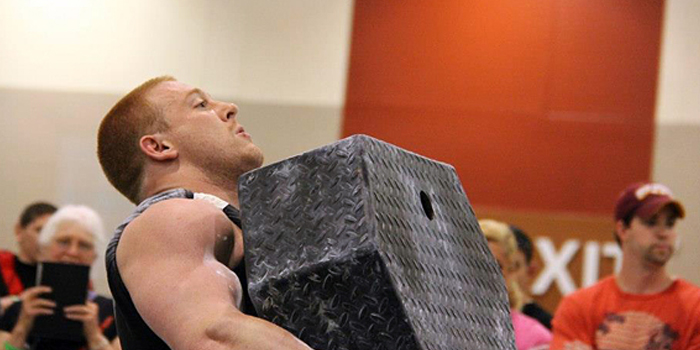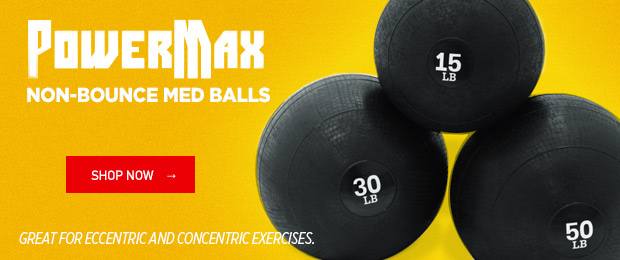
I’m finally releasing the tell-all document of the century: the secret behind the Ginger One Motion. Throughout my years of competing, I’ve been known for my ability to one-motion pretty much any log in contest. Now I’m going to discuss the absolute best technique for developing a strong, consistent on- motion and discuss the methodology behind why and when to do it.
Step 1. Grab the log handles dead center. Tilt the log forward and away from you just slightly but keep it tight to your shins.
Step 2. The initial pick of the log is slow. This is because the position you hit your lap is very important so by picking the log slowly you’re allowing yourself to be able to control it throughout the entire motion.
Step 3. After you stand up completely, you need to smoothly transition into the lap portion of the log. As you lap the log, keep your elbows up high and over the log. They will be away from your body somewhat. Do not get stuck with your elbows down.
Step 4. Right when you feel like you should stand up, sit just a bit deeper. You want to sit into a pretty much full squat position.
Step 5. When you’re coming out of the squat, make sure you squeeze your upper back as hard as possible to prevent the log from sliding. You want it sitting on top of your stomach or diaphragm area. Start this motion slowly, then ¼ of the way up, accelerate hard, and drive your hips through as you punch your elbows under the log. Finish by pushing the log back and driving your head forward and through.
That’s it. That’s all there is to it. For some reason, this seems to be the exception to what I see.
What NOT to Do
- Do not violently slam the bar into your hips and do a power curl into a strict press. There is no efficiency in this.
- Do not deliberately stop in your lap. You may on occasion feel that you don’t have good positioning and you need to stop. That’s fine. However, deliberately stopping in your lap causes you to lose quite a bit of stretch reflex. It’s like comparing a squat to a pause squat. It’s significantly harder to accelerate out of the hole without your stretch reflex.
- Do not pick the log up off the ground like it owes you money. The lift is all about patience and timing. It’s 100% an efficiency thing, not necessarily a strength thing. The guys that are really good at it are able to one-motion around 90-95% of their maxes.
When to Use It
- When there is a moderate weight log for reps clean each rep. The idea behind the one-motion is that you’re not taking as many breaths, so it’s much easier on your conditioning and I find it much easier to complete reps sucking wind using the one-motion versus a clean and press technique.
- When there is a moderate weight log in a press medley and you don’t want to waste time setting up for a press.
That’s really it. You should not be one-motioning a log that you can’t one-motion for the entire time. That means in all likeliness the log is too heavy and you would benefit from using better technique or just being stronger. Remember, you do not get more points for one motioning the log. So if you can’t do it with high efficacy, then don’t do it; you’re only hindering yourself for ego. If you’ve read any of my articles, you’ll know where I stand on allowing ego to have any place in training or competing.
LOG PRESS










